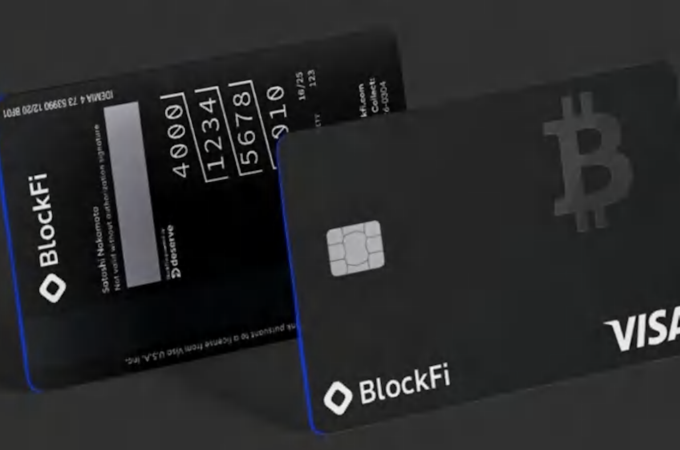Swipe, send, secure: The best mobile payment methods in Singapore
By Duckju Kang for e27
In the last one to two years, mobile payments have taken Singapore by storm, and recent studies have shown that mobile payment transactions are growing at around 40 per cent annually.
With a high mobile phone penetration rate in Singapore, it is no wonder its residents are quick to embrace the convenience of paying via their phone.
Let’s take a look at the ways Singaporeans can pay-on-the-go with their mobile phones and how they can save money and enjoy discounts, all while enjoying the satisfaction of convenience.
Mobile Payment Apps
Dash
Dash is the brainchild of two commercial powerhouse – Standard Chartered Bank and Singtel – that aims to change the way Singaporeans access, save, borrow and pay for goods.
Dash Pay is a digital wallet that allows users to pay merchants without any administrative fees.
The payment process is simple – open the Dash app, log in with a phone number and PIN code and tap on ‘pay business’.
Also Read: ServisHero joins forces with Grab to speed up response time
The service is one of the most established in Singapore, supporting some 20,000 locations in Singapore ranging from retail, food outlets and even taxi services.
Another cool thing about this app? You can pay your friend using Dash Pay as well, making it easy to split the dinner bill.
DBS Paylah!
DBS Paylah! is a mobile payment app launched by DBS bank which allows users to shop and pay, send money, make donations and even request for funds from others. Singaporeans will need to have a savings/current account with the bank and be above 16 years old .
DBS Paylah! also has its own partner merchants, including Qoo10.sg, Courts and MSIG TravellerShield. They are currently offering cash credit of up to S$10 (US#7.31) for new registrations for Paylah!
Mobile Digital Wallet
Apple Pay
Apple Pay was officially launched in Singapore this year and marks the advent of mobile phone digital wallets in the Lion City.
Since then, Singapore has seen the launch of Samsung Pay and Android Pay as well. The ease of using these mobile digital wallets means that consumers no longer need to carry their cards with them to make payments.
Transactions are also much faster compared to fumbling for a wallet in depths of a full bag. Paying in stores only requires users to hold their iPhone near the card reader with the thumb on the Touch ID.
It is possible to pay within mobile apps and on the web without creating an account.
American Express was the first credit card company to announce that their clients can now use the Apple Pay to make payments using their iPhone, iPad or Apple Watch.
By using an Amex card through Apple Pay, cardholders receive the same rewards and benefits as they would if they had chosen to pay by credit card at no additional cost.
Since then, Apple Pay is now available with debit and credit cards from DBS, OCBC, POSB, Standard Chartered and UOB.
Android Pay
Android Pay is Google’s mobile digital wallet and while its functions are similar to that of Apple Pay, there are a number of key differences.
For one, it is more inclusive — people do not need the latest smartphone models, just devices that can handle Near Field Communications(NFC) wireless technology.
It also does not require fingerprints or PIN numbers for authentication for each transaction. One of the benefits of Android Pay is it can include rewards card, making it easier to earn rewards points even if the user is not using a certain credit card to pay for an item.
Also Read: PropertyGuru invests in major Vietnamese real estate portal
While it is a late arrival in the market, Android Pay has released a number of attractive promotions for its users, including 25 per cent cashback when using DBS/POSB card on Android Pay and 50 per cent off 10 rides through Uber.
Credit Cards
Credit card is still one of the most convenient ways for consumers to pay for their purchases online and on their mobile. Other than being safe and secure, they also include a wide range of rewards, including points, air miles and cash back.
With no apps to download, it remains one of the best ways to pay and even if mobile payments are prevalent now, many of these payment methods still requires a working credit card.
In recent years, Visa and Mastercard have also introduced contactless payments for cards – simply wave the credit card in front of a card reader at the sales counter and viola, the payment is made.
Some of the best cards to use — that offer rewards for going contactless include:
- UOB Delight Card: Enjoy up to 8 per cent rebate on grocery shopping, 10 per cent off house brands at Cold Storage and 3 per cent rebate on contactless transactions, telco and insurance bills
- HSBC Credit Cards: Enjoy a free bottle of Coca-cola when by spending a minimum of S$5 (US$3.65) with Visa Paywave at 7-11 outlets. Users will get S$2 (US$1.46) off a minimum S$6 (US$4.49) at Cheers and Fairprice Express and get S$1 (US$0.73) off a minimum of S$6 (US$4.49) spend at Food Republic and Food Opera.
- POSB EveryDay Card: Use the card at Watsons to get a free S$5 (US$3.65) voucher when spending a minimum spend of $50 (US$36.54) via Mastercard PayPass . On top of this, card owners also get a 3 per cent cash rebate.
- Mastercard: Use any MasterCard via MasterPass on the ComfortDelGro Taxi Booking App and enjoy a 10 per cent admin fee waiver when you book a cab.
With so many ways to go cashless, there are an endless amount of avenues leverage the benefit of credit cards? Anyone can now pay for items through mobile, via apps or online payments (plus the ol’ swipe method).
Also Read: This GPS-enabled smart urban bike may be the perfect fit for Singapore’s streets
Welcome to Singapore in 2016, a city that uses all sorts of strategies to facilitate its economy. Drop us a comment to let us know your favourite way.
First appeared at e27





